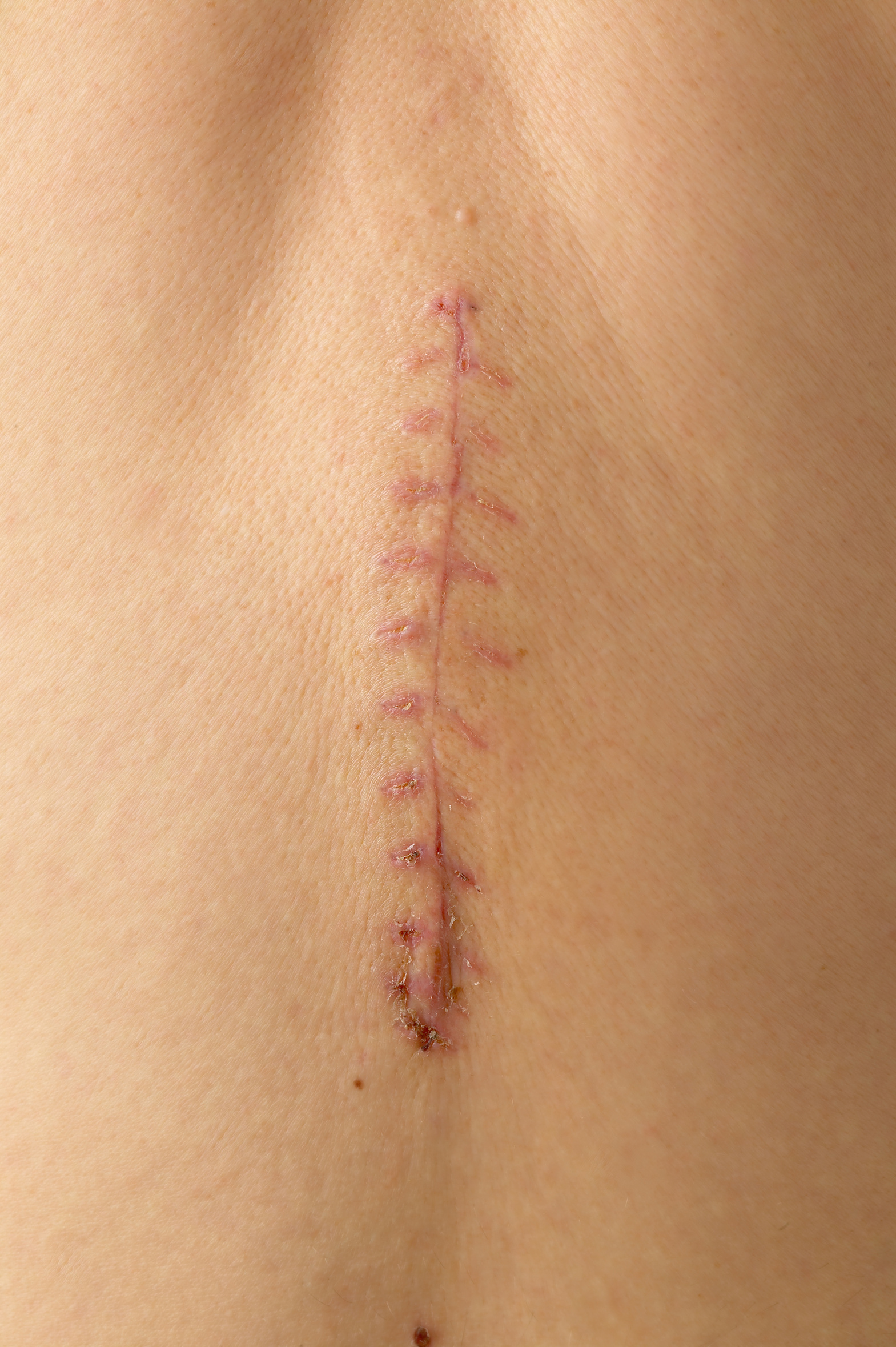Scars have always been a bane for people wishing to have good looking skin and complexion. When a scar can be hidden, it’s somewhat fine, but when it’s out there for everyone to see, it can make people conscious of their appearance. And because of the very nature of scars and how they are formed, it is almost impossible to prevent them from forming, especially if the wound is large enough.
What is scar revision?
This is where scar revision comes in. Scar revision is a procedure aimed to both reduce the appearance of scars and correct skin changes, restoring proper color, texture, and depth. This presents both cosmetic and practical benefits to patients who wish to get rid of their scars.
Sometimes, people may not need scar revision surgery. This is because scars tend to be less visible as people age. However, some people will not have this luxury, especially those who are, not just conscious about the appearance of their skin, but actually depend on their appearance for a living, such as models, actresses, and PR personnel.
Scar revision is needed to treat several kinds of scars, though this is most commonly needed to treat keloid scars, which is a scar that is abnormally thicker than the surrounding skin, and has a different texture and color as well. But what makes them bad is the fact that they extend beyond the edge of the wound, forming a thick layer of skin that is not unlike a tumor.
Scar revision is also used to treat hypertrophic scars, which are scars that can greatly restrict the movement of joints, muscles, and tendons. These scars are obtained through very traumatic injuries such as burns.
To treat these scars, surgeons have a variety of options, including but not limited to dermabrasion, lasers, and traditional surgery. One method to deal with keloid scars is by making incisions and physically removing the keloid. When the body begins to heal, the wound would generally create excess collagen. This is then also removed, to ensure that, while there might be scar tissue, the new scar will be less noticeable than the previous one, not to mention the keloid is now gone.
Recovery
Depending on the size of the scar and the technique employed by the surgeon, scar revision surgery can take anywhere from 30 minutes to around two whole hours to finish. Also, depending on the magnitude of the operation, patients can either go home on the day of the surgery, or stay overnight in the clinic or the hospital.
There are also possible complications, no matter how little. These include some bleeding, bruising and swelling, and infections. Patients then need to diligently take the prescribed medicine in order to properly facilitate the healing process.
